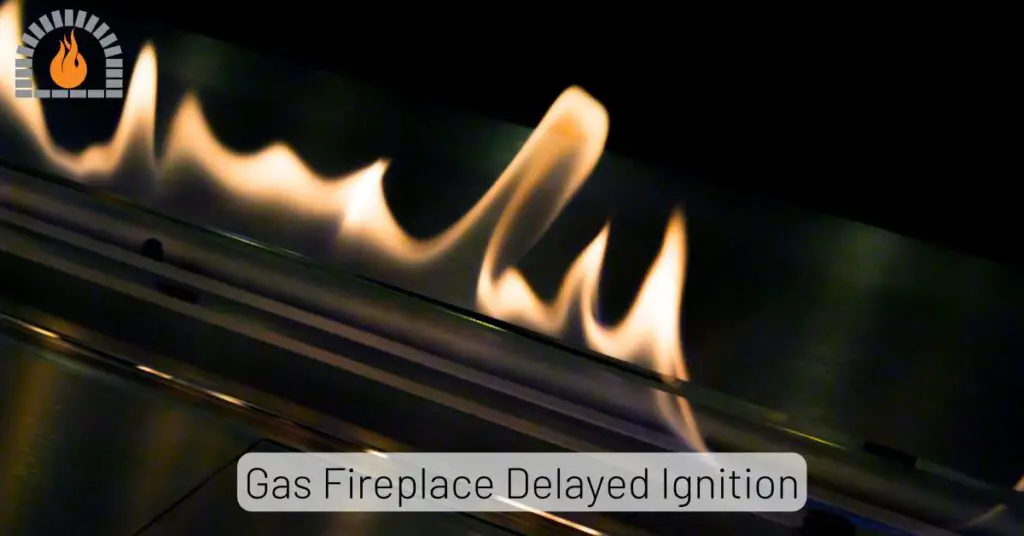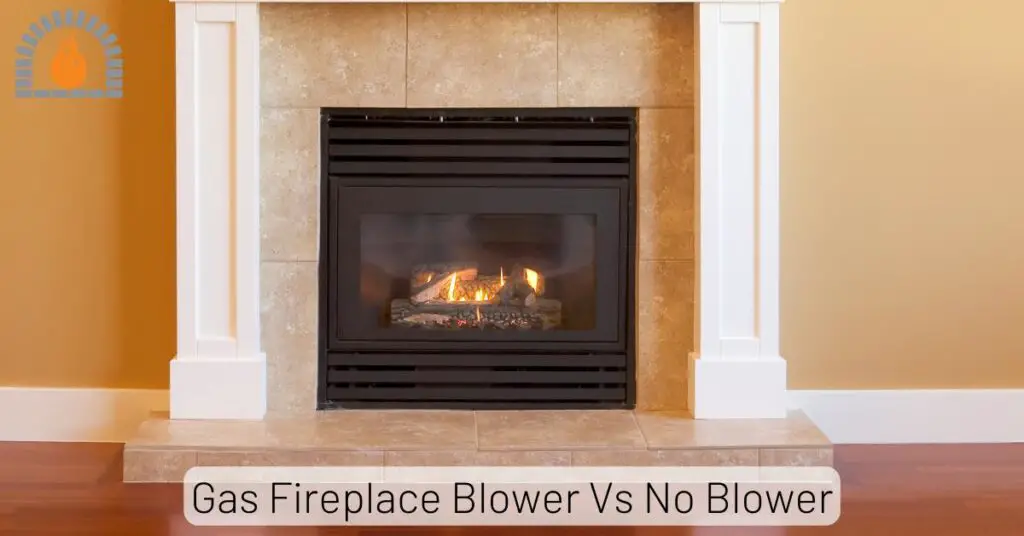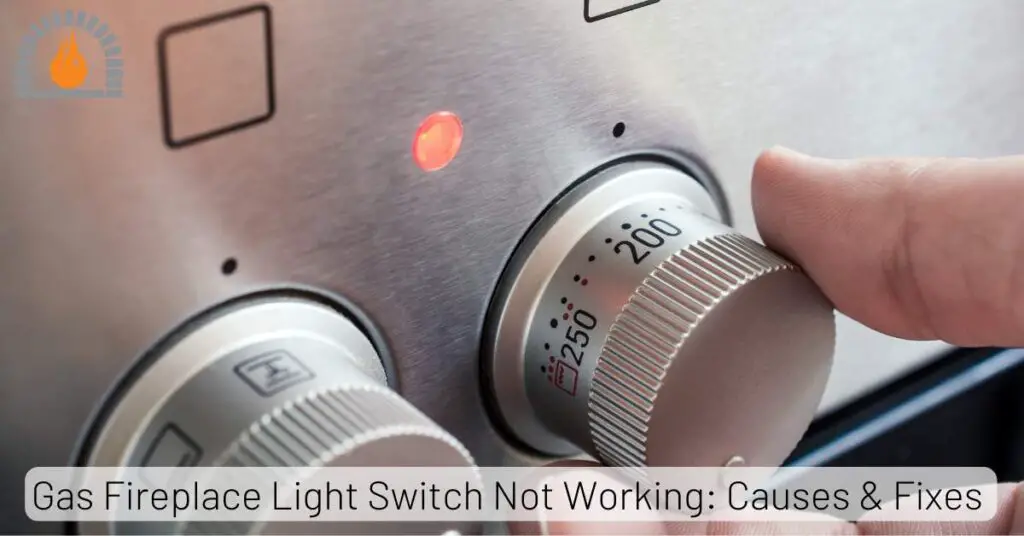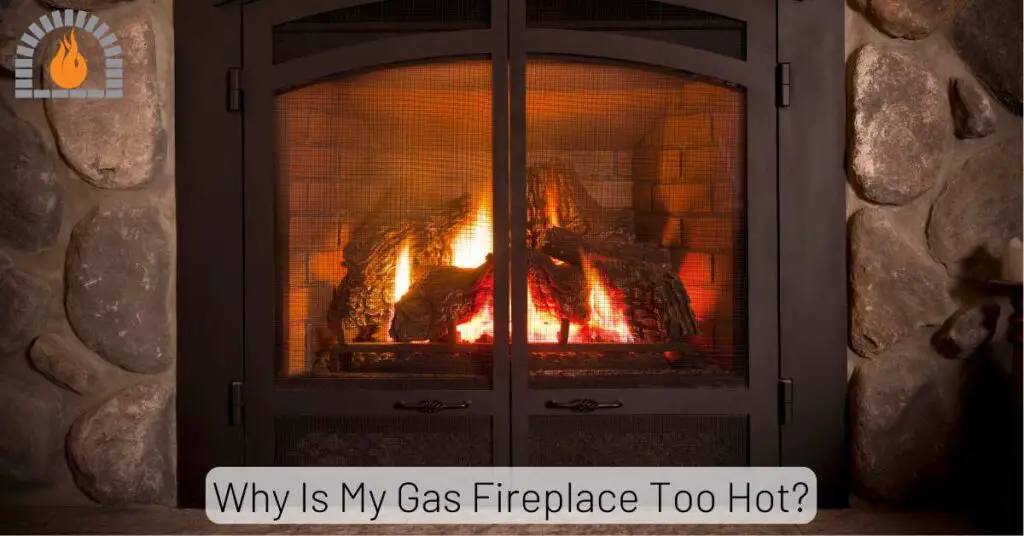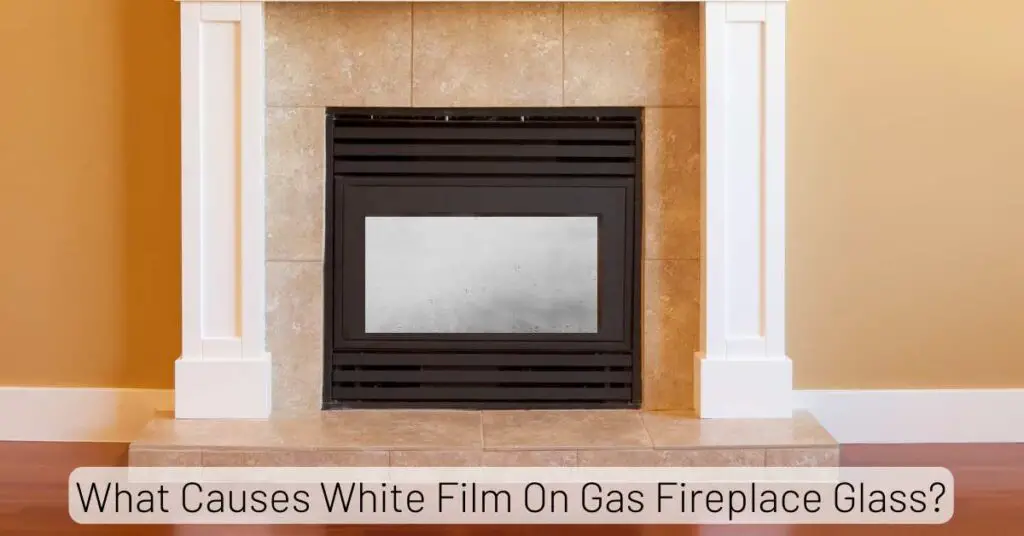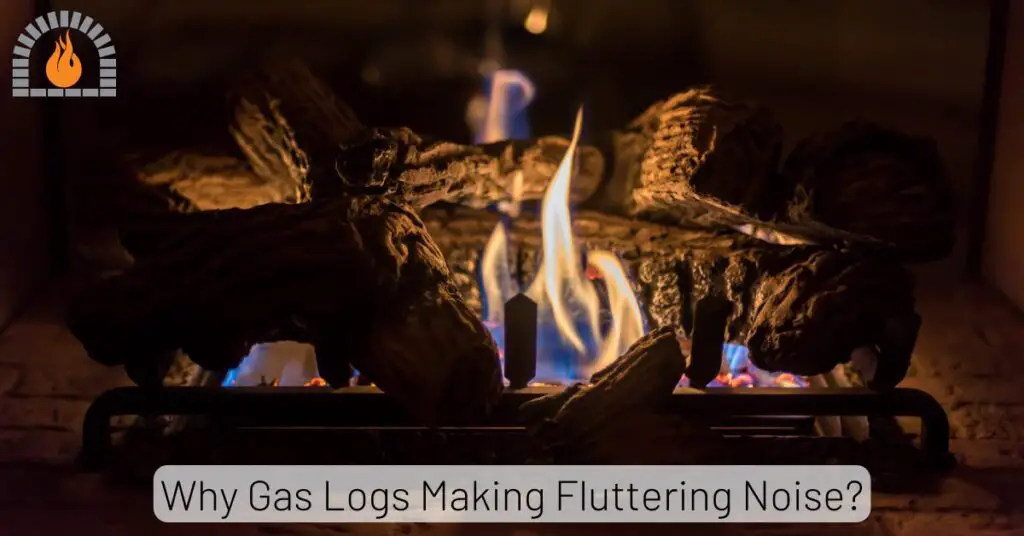When it comes to achieving cozy comfort in your home, few things compare to the charm of a fireplace. A vented LP fireplace (liquid propane fireplace) is an excellent choice for homeowners seeking warmth, ambiance, and efficiency.
Unlike traditional wood-burning fireplaces, which can be messy and high-maintenance, vented LP fireplaces offer a cleaner, more convenient alternative while delivering a similar aesthetic appeal.
Why is venting so essential, you ask? Venting systems ensure that harmful gases produced during combustion, such as carbon monoxide, are safely directed outside the home. This makes vented LP fireplaces a safer and more sustainable choice for modern living.
What’s more, these fireplaces are fueled by propane, a clean-burning and highly efficient energy source. This combination of efficiency and safety makes vented LP fireplaces a popular choice for many households.
Whether you want to create a relaxing atmosphere for your family or simply reduce your heating costs, a vented LP fireplace can be the perfect addition to your home.
Empire Comfort Systems Tahoe Vented LP Fireplace
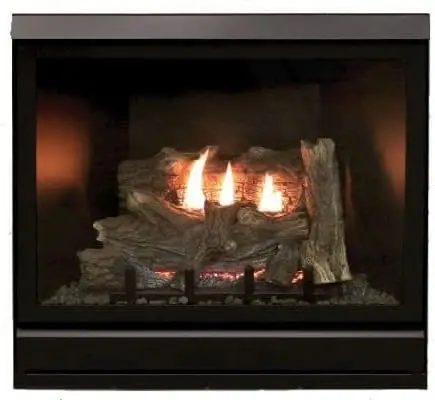
- Powerful Heating Capacity
- Ceramic Fiber Logs & Ember Bed
- Manual Variable Flame Height
- Top or Rear Vent Field Convertible
- Millivolt Ignition with Standing Pilot
- Remote Ready
What Is a Vented LP Fireplace?
A LP vented fireplace is a heating system that uses liquid propane as its primary fuel source and requires a venting mechanism to expel combustion byproducts. Unlike vent-free systems, which release exhaust gases into the room, vented fireplaces direct these gases outside your home through a chimney or vent pipe.
How does this work? Inside the fireplace, propane gas is ignited, producing heat and flames. The venting system then ensures that any toxic fumes and moisture are safely removed from your living space. This creates a cleaner and healthier indoor environment.
The structure of a direct vent liquid propane fireplace typically includes a firebox, gas logs or burners, and a glass front to contain the flames while allowing heat to radiate. It’s designed to mimic the appearance of a traditional wood fireplace but offers greater efficiency and control.
- Burner system: Where the propane ignites to produce flames.
- Vent pipes or chimney: For expelling gases and drawing in fresh air.
- Propane connection: Supplies the fuel for combustion.
This blend of functionality and aesthetics makes LP vented fireplaces a versatile option for both new homes and retrofits.
Empire Comfort Systems Tahoe Vented LP Fireplace

The Empire Comfort Systems Tahoe Vented LP Fireplace is the perfect solution for anyone looking to add both style and warmth to their home with the convenience of in-wall installation. With its 42-inch size, this sleek, black clean-face model offers powerful heating with a range of 14,000 to 20,000 BTU/h.
It’s designed with thoughtful features like ceramic fiber logs, a burner, barrier screen, and blower, ensuring your space stays cozy and inviting. I especially love the manual variable flame height, allowing me to adjust the ambiance as needed.
The matte black interior walls and ember bed create a beautiful, realistic fire display, while the millivolt ignition and standing pilot make operation easy and reliable.
Whether you opt for top or rear venting, this fireplace is adaptable to your home’s needs, and the electrical junction box is included for hassle-free setup. It’s a great choice for anyone seeking a high-quality, versatile fireplace.
Key Features:
-
14,000 to 20,000 BTU/h (LP)
-
Realistic flame and fire display
-
Adjust the flame intensity to suit your mood
-
Flexible installation options
-
Simple and reliable ignition system
-
Compatible with remote control (remote not included)
-
Dimensions: 37.37″ (W) x 35.75″ (H) x 16.37″ (D)
My Opinion:
I personally prefer the Empire Comfort Systems Tahoe Vented LP Fireplace because it strikes the perfect balance between aesthetics and functionality. The ability to adjust the flame height gives me full control over the atmosphere, while the ember bed provides a realistic, cozy feel to any room.
Plus, its versatile venting options make it suitable for a wide range of installations. Although the remote control isn’t included, I find the manual operation to be straightforward and reliable, making this a solid choice for anyone who wants efficient heating without compromising on style.
What to Look for in a Direct Vent Liquid Propane Fireplace
-
Ensure it provides enough heat for your room size (typically 14,000 to 40,000 BTUs).
-
Choose between top or rear venting for flexible installation.
-
Consider standing pilot or electronic ignition for convenience and energy efficiency.
-
Look for manual controls, wall switches, or remote compatibility.
-
Check for realistic flames with ceramic logs, ember beds, and adjustable flame heights.
-
Choose a model that maximizes heat output while minimizing fuel consumption.
-
Make sure the fireplace fits the space and your room’s design.
-
Look for barrier screens and automatic shut-off for peace of mind.
-
Opt for easy-to-install models with removable components for cleaning.
How Does a LP Vented Fireplace Work?
The operation of a vented LP fireplace involves two main elements: propane combustion and venting. Propane, a clean and efficient fuel, is stored in a tank and delivered to the fireplace through a dedicated gas line.
When you switch on the fireplace, the burner ignites the propane, creating flames that generate heat.
A key feature of vented systems is the venting process itself. These fireplaces use either a direct vent or a natural vent to remove combustion byproducts.
- Direct-vent systems pull in fresh air from outside and expel exhaust gases, ensuring no air contamination indoors.
- Natural-vent systems use a traditional chimney to expel fumes, relying on natural convection.
As the flames burn, heat is distributed into the room either through radiant energy or a built-in fan. The venting ensures that only heat and no harmful gases linger in your home, making it a safer option than vent-free alternatives.
Efficiency also plays a role here. Direct Vent LP fireplaces are designed to maximize heat output, with some models achieving up to 80% efficiency. This means you’re getting more warmth for every dollar spent on propane.
Types of Vented Liquid Propane Fireplaces
Not all vented LP fireplaces are created equal. Understanding the differences between the main types of direct vent and natural ventis essential when choosing the right one for your needs.
Direct-Vent Fireplaces
These systems are sealed, meaning they don’t draw air from the room. Instead, they use a dual venting system to pull in outdoor air for combustion and expel exhaust gases. Direct-vent fireplaces are highly efficient and ideal for homes without a traditional chimney.
Natural-Vent Fireplaces
Also known as B-vent fireplaces, these systems rely on a chimney or flue to vent combustion gases. They use indoor air for combustion, which makes them less efficient than direct-vent models but still suitable for homes with existing chimneys.
| Feature | Direct Vent | Natural Vent |
|---|---|---|
| Air Source | External | Internal |
| Efficiency | High (70-85%) | Moderate (50-65%) |
| Venting Requirement | Pipe system | Traditional chimney |
Benefits of Using a Direct Vent LP Fireplace
-
The venting system ensures harmful gases are expelled outdoors, leaving your indoor environment cleaner and healthier.
-
Vented LP fireplaces provide steady and reliable warmth, making them ideal for cold winters.
-
Modern designs mimic the look of wood-burning fireplaces, complete with dancing flames and glowing embers.
-
With high-efficiency models, you can enjoy more heat while using less propane.
Step-by-Step Installation Guide:
Installing a direct vented LP fireplace is a specialized process that requires attention to safety and local building codes. Here’s a general guide to help you:
1. Preparation
- Choose the Location: Ensure it’s a safe distance from combustible materials.
- Check Local Codes: Verify that installation complies with your local building and fire codes.
- Gather Tools and Materials: You will need a vent kit, propane gas line, connectors, a screwdriver, and a level.
2. Gas Line Installation
- If your home is not pre-equipped for LP gas, hire a licensed gas fitter to install the gas line.
- Ensure the gas line is compatible with the fireplace unit and follow manufacturer specifications for pressure requirements.
3. Vent Installation
- The vent must lead directly outside to exhaust gases. The venting system can be direct-vent (through a wall) or chimney-vent (through the roof).
- Safety Tip: Ensure there are no obstructions in the venting path and the vent cap is installed to prevent backdrafts.
4. Mount the Fireplace
- Position the unit securely in the chosen location, making sure it is level.
- Attach the unit to the wall using the brackets provided. Always follow manufacturer instructions for the correct installation method.
5. Connect the Gas Line
- Use a certified gas connector to connect the gas line to the fireplace.
- Tighten all connections and use a soapy water solution to check for leaks before proceeding.
6. Test the Unit
- Turn on the gas and follow the manufacturer’s ignition instructions.
- Check for proper flame height and operation. Test the venting to ensure the system is functioning efficiently.
Common Pitfalls and Solutions:
-
Inadequate Venting: Always verify that the vent size is correct and there’s no obstruction.
-
Gas Leaks: If you notice a gas smell, shut off the gas supply immediately and check all connections.
-
Incorrect Installation: If unsure, it’s always best to consult a professional installer.
FAQs
Can I install a Vented LP Fireplace myself?
While DIY installation is possible, it’s recommended to hire a professional to ensure safety and compliance with local building codes.
How do I know what size Vented LP Fireplace to buy?
Consider the size of the room and the BTU output of the fireplace. For larger spaces, opt for a higher BTU model to ensure adequate heating.
Are Vented LP Fireplaces more energy-efficient than electric models?
Yes, vented LP fireplaces are typically more energy-efficient, especially in colder climates, due to their higher heat output and the ability to maintain warmth.
Affiliate Disclosure: Fireplaceadviser.com is a participant in the Amazon Services LLC Associates Program. We may earn a commission when you click on certain links on this site and purchase.

Hello!! I am Jamal Khan. I often fix my home electric heaters and gas stove problems and research the common issues in the heating units to improve my knowledge and expertise. The aim of establishing fireplaceadviser.com is to share my expertise and knowledge with my audience.







